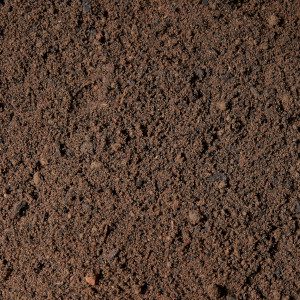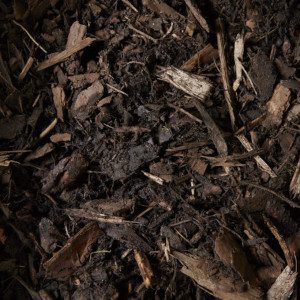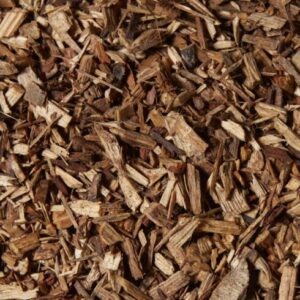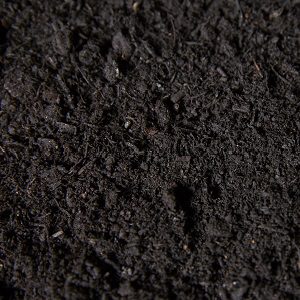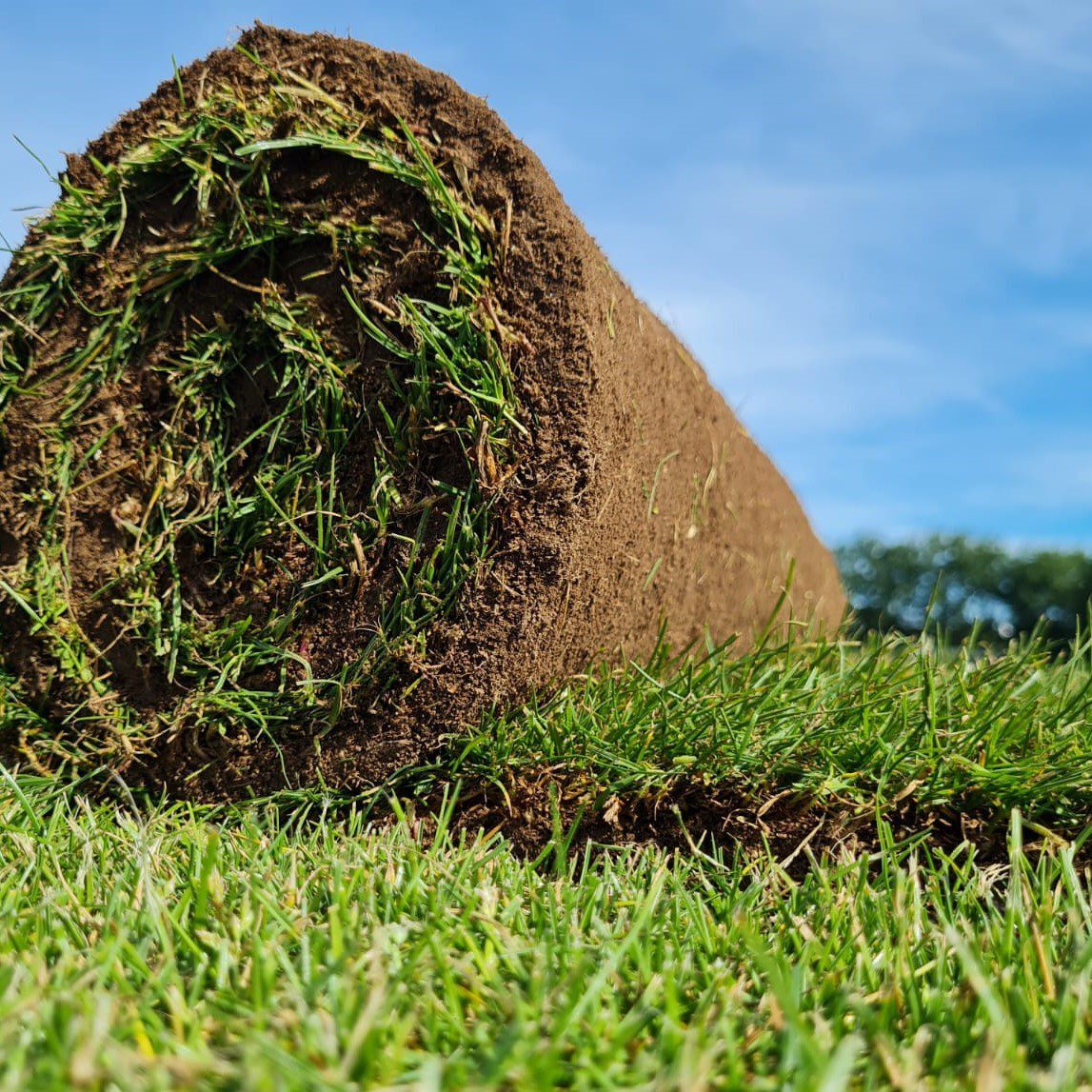Skip to contentTopsoil, Bark Mulch, Wood Chippings, Compost and Turf
 Steve MullarkeyTrade Sales Manager, Selco Builders Warehouse
Steve MullarkeyTrade Sales Manager, Selco Builders Warehouse
 Gary DuffieldBranch Manager, Jewson Sittingbourne
Gary DuffieldBranch Manager, Jewson Sittingbourne
 Codi WiltshireBranch Manager, Jewson Builth Wells
Codi WiltshireBranch Manager, Jewson Builth Wells
 Lisa YoungSourcing and Commercial Director, Stark Building Materials UK Limited
Lisa YoungSourcing and Commercial Director, Stark Building Materials UK Limited
 Wayne WalshBranch Director, MKM Sheffield Parkway
Wayne WalshBranch Director, MKM Sheffield Parkway
 Jamie McDaidGeneral Manager, Chartway Building Supplies
Jamie McDaidGeneral Manager, Chartway Building Supplies
Premium Quality.
Great prices.
Topsoil, Bark Mulch, Wood Chippings, Compost and Turf
for professional landscapers and builders.
- Serving trade customers since 2010.
- 500+ trusted stockists.
- 99.37% customer satisfaction rate.
Product information
What do our stockists have to say?
“When I place an order with Hallstone I know that it will be in my branch in three to four days, without fail. It means I’m not letting down my regular customers who rely on it being available. In terms of quality, I have customers who aren’t afraid to tell me if there’s a problem so when they keep coming back for more it tells me that the products are spot on. The fact that it’s so competitively priced also helps as our customers can price jobs competitively but we all still make a decent margin”.

"Hallstone’s range lives up to their promise – these are quality products at affordable prices."

"It’s really easy working with Hallstone. Customers like the ranges, we’ve never had any issues with the products and there have been some great deal incentives. There is also fantastic communication with the customer service team which helps to keep us motivated and our customers happy."

“Hallstone approached our recent discussions with proactiveness and flexibility. They have been extremely collaborative, clearly valuing our partnership, as indeed the team and I do. This is greatly appreciated by our business and will no doubt support us on our journey to become the Number 1 Builders' Merchant in the UK. The fact that Jewson sales with Hallstone bulk bag products are substantially up year to date is evidence of the fruits of this collaboration.”

"The quality and price of the
Hallstone range is just right. We
now have customers ringing up to
ask if we stock it. The product
sells itself and we are confident
that once a customer orders, they
will order Hallstone every time."

"Hallstone has made a big impact in a short time for our business by providing a great product at a great price, whilst also opening the door to us to be able to source other products we historically would not have sold. Feedback on the quality of the product has been really positive from our customer base and I look forward to growing our offering and relationship with Hallstone moving forward."

Previous
Next
|
|
Company Reg No. 03097631
|
VAT No. GB 371 494929
|
© 2024 Hallstone Developments Ltd
We use cookies on our website to give you the most relevant experience by remembering your preferences and repeat visits. By clicking “Accept All”, you consent to the use of ALL the cookies. However, you may visit "Cookie Settings" to provide a controlled consent.
Manage consent
Privacy Overview
This website uses cookies to improve your experience while you navigate through the website. Out of these, the cookies that are categorized as necessary are stored on your browser as they are essential for the working of basic functionalities of the website. We also use third-party cookies that help us analyze and understand how you use this website. These cookies will be stored in your browser only with your consent. You also have the option to opt-out of these cookies. But opting out of some of these cookies may affect your browsing experience.
Necessary cookies are absolutely essential for the website to function properly. These cookies ensure basic functionalities and security features of the website, anonymously.
| Cookie | Duration | Description |
|---|---|---|
| cookielawinfo-checkbox-analytics | 11 months | This cookie is set by GDPR Cookie Consent plugin. The cookie is used to store the user consent for the cookies in the category "Analytics". |
| cookielawinfo-checkbox-functional | 11 months | The cookie is set by GDPR cookie consent to record the user consent for the cookies in the category "Functional". |
| cookielawinfo-checkbox-necessary | 11 months | This cookie is set by GDPR Cookie Consent plugin. The cookies is used to store the user consent for the cookies in the category "Necessary". |
| cookielawinfo-checkbox-others | 11 months | This cookie is set by GDPR Cookie Consent plugin. The cookie is used to store the user consent for the cookies in the category "Other. |
| cookielawinfo-checkbox-performance | 11 months | This cookie is set by GDPR Cookie Consent plugin. The cookie is used to store the user consent for the cookies in the category "Performance". |
| viewed_cookie_policy | 11 months | The cookie is set by the GDPR Cookie Consent plugin and is used to store whether or not user has consented to the use of cookies. It does not store any personal data. |
Functional cookies help to perform certain functionalities like sharing the content of the website on social media platforms, collect feedbacks, and other third-party features.
Performance cookies are used to understand and analyze the key performance indexes of the website which helps in delivering a better user experience for the visitors.
Analytical cookies are used to understand how visitors interact with the website. These cookies help provide information on metrics the number of visitors, bounce rate, traffic source, etc.
Advertisement cookies are used to provide visitors with relevant ads and marketing campaigns. These cookies track visitors across websites and collect information to provide customized ads.
Other uncategorized cookies are those that are being analyzed and have not been classified into a category as yet.
